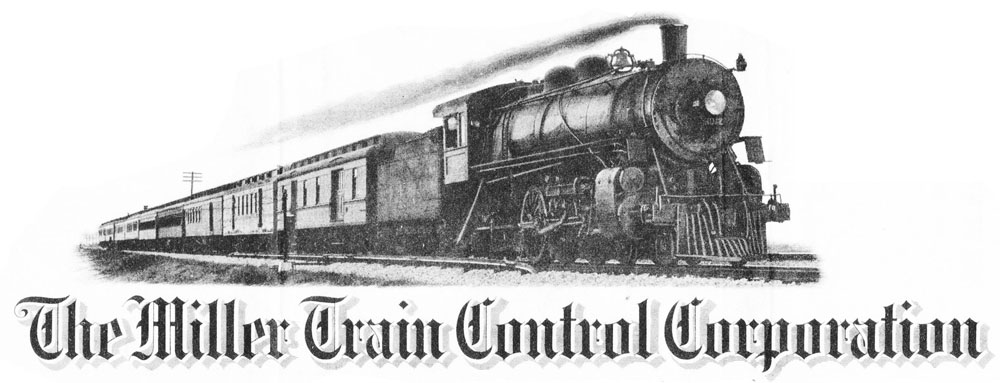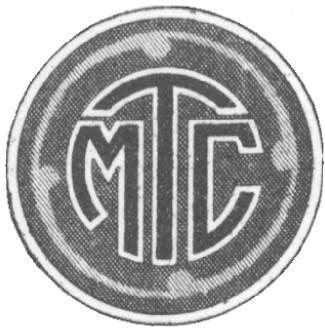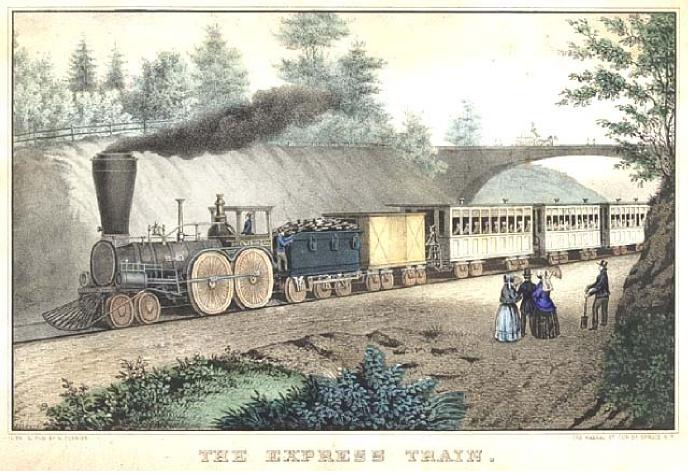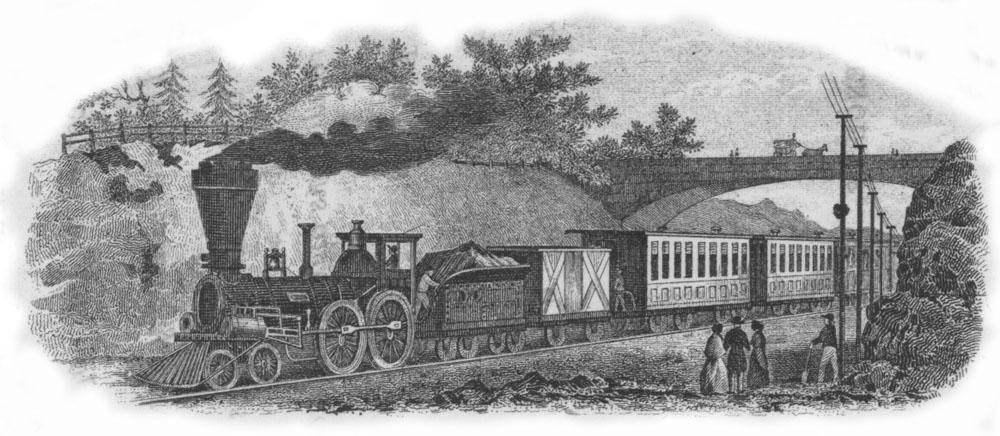
Planning for the next edition
As I mentioned in the last newsletter, I currently plan to publish the third edition in October, 2006. In addition to a couple hundred images in the catalog, I plan to include substantially more images on a CD or DVD.
The DVD wars. — No clear cut standard has yet emerged for creating data DVDs from among the five competing formats. The same sort of fight is taking place in the marketplace as happened with the battle between VHS and Beta video tape formats back in the 1980s. So far, no favorite has appeared.
IF a standard DVD data format emerges in the next couple years, I will place images on a DVD. A single DVD can hold up to seven times as many images as a CD.
However, it seems doubtful that manufacturers will come to an agreement before October, 2006. Therefore, I will probably include images on a CD.
About 2,000 images per CD. — Based on the 750 images contributed so far, I estimate I can include about 2000 images on a single disk. Currently, stock certificates heavily outnumber bonds.
Image quality. — I don’t think anyone wants to see blurry images. That means images will need to be in color and have acceptable resolution.
Minimum acceptable resolution is 150 pixels (dots) per inch. Certificates need to be scanned at full scale. (You may search coxrail.com for the word “scan” to find much more information about scanning.)
 An image from the Goes Lithographing Co. used on certificates for The Miller Train Control Corp. Unlike most Goes’ products, the image and certificate seem to be custom products. I do not know what Miller Train Control produced, but the company survived the 1929 stock market collapse. This vignette was produced by the halftone process, probably from a photograph. Certificate courtesy of Billy Schroer.
An image from the Goes Lithographing Co. used on certificates for The Miller Train Control Corp. Unlike most Goes’ products, the image and certificate seem to be custom products. I do not know what Miller Train Control produced, but the company survived the 1929 stock market collapse. This vignette was produced by the halftone process, probably from a photograph. Certificate courtesy of Billy Schroer.
Suggestions from readers
Readers occasionally send ideas for improving the next edition of the catalog. I take suggestions very seriously and examine every suggestion carefully, even though some suggestions might require hundreds of hours of work to implement.
Emphasize vignette descriptions. — A European reader suggested I underline the description of all vignettes to make it easier to spot vignette descriptions in the text-heavy catalog. This suggestion required a complete overhaul of the way the database stores descriptions. I have already integrated this change into the online database.
Highlight descriptions of colors. — The same reader suggested I type COLORS in capital letters to make it easier to spot differences among similar certificates. This suggestion is already in use in the online database.
Save space by decreasing the number of “same, but” entries. — This suggestion has already been implemented in the online database.
Save space by eliminating credits for images. — I will remove credits for collectors who desire anonymity. I still intend to continue to give credit to all dealers who contribute images for the next edition. All images will be attributed on the CD except for those desiring anonymity.
Save space by listing abbreviations of state names with company names. — I am already modifying the database to implement this suggestion. The new system will include multiple state names just as they appear on certificates. This task will take a few more months to complete.
Include pictures to illustrate differences among very similar varieties. — Currently, I do not have a sufficient number of good images to implement this suggestion.
Include an index to vignettes. — I have worked on this intriguing idea for seven or eight years, but may never have time to complete this task.
Include rarity estimates along with price estimates. — Several major dealers have already helped create a rarity scale. I plan to estimate rarity for every certificate, but may not be able to complete this huge task by publication time.
Include railroad companies from the rest of the world. — I do not have time.
Include thumbnail company histories. — This would be fun, but the book would be far too expensive. The primary issue here is space and keeping the catalog affordable.
Remove logging, lumber, and plantation companies from the catalog. — Since 1993, I don’t remember a single correspondence in support of such companies. Unless objections suddenly appear, I will eliminate all these companies from the database. (I will keep all companies that indicate railroading in their company names.)
413 New Varieties Since March; we're approaching 15,000!!
|
March
letter |
This
letter |
| Number of certificates listed (counting all variants of issued, specimens, etc.) |
18,793 |
19,388 |
| Number of distinct certificates known |
14,406 |
14,819 |
| Number of certificates with celebrity autographs |
1,422 |
1,446 |
| Number of celebrity autographs known |
319 |
322 |
| Number of railroads and railroad-related companies known |
24,332 |
24,918 |
| Number of companies for which at least one certificate is known |
6,147 |
6,330 |
| Serial numbers recorded |
44,292 |
62,893 |
Thank you, thank you, thank you!
I spend many hours a day entering, correcting, and cleaning information, but I never feel like I sufficiently thank contributors.
So, I want to take this space to say that I genuinely and deeply appreciate every letter, every e-mail, every serial number, and every image that you send.
It is intriguing to discover how many people genuinely love to help with this project. It is equally intriguing to see how everyone approaches it differently.
I consider this project an ever-changing, trans-Atlantic partnership. The depth of collectors’ involvement, and their enthusiasm, moves up and down. Because there are so many people helping, contributions tend to even out. Thankfully, there are few unmanageable up or down periods.
Some people send single correspondences. Some people send several items a day, week in, week out. Some people send lists, or images, of their entire collections. I never know what to expect. That is why every collector is crucial to this project.
 Logo from the Miller Train Control Corp. used as a corner ornament on its stock certificates.
Logo from the Miller Train Control Corp. used as a corner ornament on its stock certificates.
Specialists who collect from specific areas or types of companies are extremely helpful to the hobby. They find many varieties that the rest of us might overlook for years.
On the other hand, generalists are crucial because they find certificates from areas no one seems to specialize in.
Then, there are contributors who, for the lack of a better word, are “nit-pickers.” These people are hugely helpful. They find troublesome errors that are almost impossible for me to find. Nit-pickers are my editors. They look for inconsistencies and problems that are invisible to the rest of us. Please, never apologize for finding errors!
Personally, I am a recovering perfectionist. In some areas, I am still a hard-nosed nit-picker. But, I long ago realized that if I were going to do this project, I could not over-agonize about details. I had to start. Start anywhere. Take the first step, even a wrong one. And then let other people help.
Perfectionism is tough to overcome,. I simply decided that I’d rather be wrong than immobile. Of course, charging full speed ahead creates mistakes. That is why I really NEED nit-pickers. It is a terrific symbiosis! I welcome nit-pickers! And generalists! And specialists!
Another area of great help comes from people who love to search online auctions. I like auctions, and I bid occasionally for Mexican certificates. However, I simply DO NOT have the time to search American, British, and German auction
sites for all the information out there.
People who search online auctions are tremendously helpful. Occasionally, they send images of the same items, but overlap is amazingly minimal. Because I am so short on time, I express my deep gratitude for collectors who capture images and send pertinent info. I know how much super-common material you wade through. I know how much time it takes. Thank you.
Collectors also help by sending serial numbers. An ever-growing number of collectors are realizing that having a good source of serial numbers helps counteract misinformation and hype. Serial numbers help prove that not everything called “rare” is actually rare. Thanks to everyone who sends serial numbers.
Analysis of the growing collection of serial numbers is already helping to uncover new sub-varieties. Several recent finds have appeared among certificates from the CB&Q and the New York Central. Although not yet reflected in prices, some sub-varieties are quite scarce. Believe it or not, scarce sub-varieties have even appeared among MKT stock certificates and West Shore bonds!
The need for brevity. — I correspond with so many people, and I see so much new information every day, that I need to be brief when I reply. I would love to have the time to write more.
If I appear overly brief in my replies, it is simply my lack of time. Not my lack of appreciation.
Thanks to dealers. — It takes a huge amount of effort to actually make a living being a professional dealer. So, when you take time to send photocopies, scans, or new information, I want you to know that I genuinely appreciate your time.
I also want to thank all dealers who send me your catalogs and lists for free. I seldom represent a direct profit to you. Please accept my meager attempt to give you as much publicity and as many referrals as possible. And to thank you again for your contributions and conversations.
Finally, thanks for miscellaneous help. — This project requires help for many tasks only indirectly related to certificates. Sometimes that is library research. Or recommendations with products. Or help devising a rarity system. Or help translating letters into German. Or help finding a projector for Strasburg. Or trying to discover whether Jay Gould was left-handed. Or trying to locate correspondents who disappear. And on and on and on.
Please accept my appreciation. You have all helped make this a fun, engaging, truly enjoyable project. I can’t repay you. All I can hope for is to pass on our collective knowledge to the next generation.
Thank you.
“The Express Train”

Throughout the catalog, you will see references to a vignette I call The Express. That vignette was a popular ornament on railroad stocks and bonds for over 80 years.
I hope someone out there can tell us more about the image. Until that person appears, here is what I have learned so far.
Nathaniel Currier produced a version he called The Express Train, probably sometime in the early 1850s. His personal imprint at the bottom left suggests it was printed prior to the formation of Currier & Ives in 1857.
However, the image was also in widespread use on paper money at that time. As best I can determine, Bald, Cousland & Co produced a steelplate engraving of the image as early as 1851. I can confirm that both Bald, Cousland and Snyder & Black used the image on stocks and bonds as early as 1852.

So, my question is, where did the image really originate? Did it represent a real location?
Many steelplate and lithographed versions (below) of the image appeared on stocks and bonds. The most constant elements were the locomotive, the roadcut, and the people. Variable elements include the telegraph poles, the baggage car, the trees, the smoke, the fence, the buggy on the bridge, and even the bridge itself. In at least one case, the bridge was removed and replaced with a view of a ship on a bay. In another, the vignette was horizontally mirrored, so the train appeared to move left to right.
So far, I have confirmed variations of The Express on 21 varieties of bonds and 43 varieties of stocks. In addition to Bald, Cousland, several engraving companies used the image over the years, including Bald, Adams & Co, The Calvert Litho. Co, and American Bank Note Company.